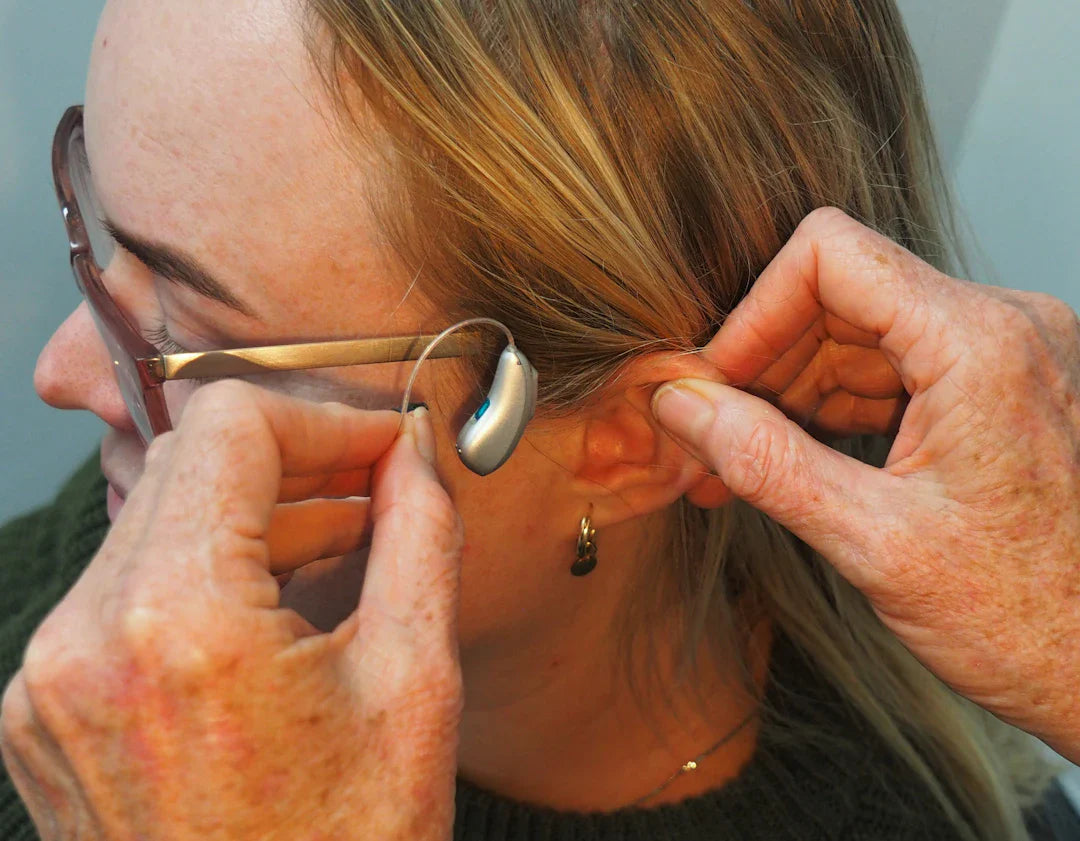Hearing aids play a crucial role in improving the lives of individuals with hearing loss. Despite their benefits, hearing aids are often subject to various misconceptions that can deter people from seeking the help they need. In this blog post, we aim to debunk some of the most common misconceptions about hearing aids to help you make an informed decision about your hearing health.
Myth 1: Hearing Aids Are Only for the Elderly
One of the most prevalent misconceptions about hearing aids is that they are only for the elderly. In reality, hearing loss can affect individuals of all ages, including children and young adults. Whether your hearing loss is due to ageing, exposure to loud noise, or other factors, hearing aids can provide significant benefits regardless of your age.
Myth 2: Hearing Aids Are Large and Unsightly
Many people still believe that hearing aids are bulky, uncomfortable devices that are highly visible. However, modern hearing aids come in a variety of styles, including discreet and nearly invisible options. From Phonak to Widex and Signia, there are sleek and stylish hearing aids available to suit your preferences.
Myth 3: Hearing Aids Are Uncomfortable to Wear
Another common misconception is that hearing aids are uncomfortable to wear. While it may take some time to adjust to wearing hearing aids, modern advancements have made them lightweight, ergonomic, and customisable for optimal comfort. With proper fitting and adjustments, you can wear your hearing aids comfortably throughout the day.
Myth 4: Hearing Aids Are Only Effective for Severe Hearing Loss
Some individuals believe that hearing aids are only effective for severe hearing loss and may not benefit those with mild to moderate hearing loss. In reality, hearing aids are designed to address various degrees of hearing loss, from mild to profound. Whether you have slight difficulty hearing or struggle with severe deafness, hearing aids can be tailored to your specific needs.
Myth 5: Hearing Aids Can Restore Hearing to Normal
While hearing aids are powerful tools for improving hearing, it's important to understand that they do not restore hearing to normal. Hearing aids amplify sounds and make them clearer and more audible, but they cannot reverse hearing loss. However, they can significantly enhance your hearing ability and quality of life.
Myth 6: Earwax Removal Can Substitute for Hearing Aids
Some people mistakenly believe that earwax removal procedures can eliminate the need for hearing aids. While earwax build-up can indeed affect your hearing, especially if impacted, it is not a substitute for hearing aids. If you are experiencing hearing loss, consult a hearing care professional to determine the most appropriate solution for your specific condition.
Myth 7: Hearing Aids Are Expensive and Not Worth the Cost
Cost is often cited as a barrier to obtaining hearing aids. However, the cost of hearing aids can vary depending on the type, features, and technology level. Additionally, many hearing aid providers offer financing options and payment plans to make hearing aids more accessible. Remember that investing in your hearing health is invaluable and can significantly impact your overall well-being.
Myth 8: Hearing Aids Are Noticeably Ineffective
Another misconception is that hearing aids are not effective and do not provide noticeable improvements in hearing ability. In reality, hearing aids are sophisticated devices that are continuously evolving to offer advanced features such as noise cancellation, Bluetooth connectivity, and personalised settings. With the right hearing aids and proper adjustment, you can experience a substantial enhancement in your hearing experience.
Myth 9: Only Certain Brands Like Phonak and Widex Offer Quality Hearing Aids
While brands like Phonak and Widex are renowned for their quality hearing aids, there are several other reputable brands in the market, such as Signia and GN Resound, that also provide excellent hearing solutions. Each brand offers a unique range of products with different functionalities to cater to diverse hearing needs. It's essential to explore various options and consult with a hearing care professional to find the right fit for you.
Myth 10: Hearing Aids Are Complicated to Use
Some individuals may be deterred from getting hearing aids due to the misconception that they are complicated to use. However, modern hearing aids are designed with user-friendly features, intuitive controls, and automatic settings to simplify the user experience. Additionally, hearing care professionals provide thorough guidance on how to use and maintain your hearing aids effectively.
Myth 11: Hearing Aids Are Unnecessary If You Can Hear Well in Quiet Environments
Even if you can hear well in quiet environments, you may still benefit from hearing aids in challenging listening situations, such as noisy environments or group conversations. Hearing aids can help amplify speech and reduce background noise, making it easier for you to communicate effectively in various settings and maintain social connections.
Myth 12: Hearing Aids Are Only for People with Severe Hearing Loss
Contrary to popular belief, hearing aids are not exclusively for individuals with severe hearing loss. If you are experiencing any degree of hearing difficulty, whether mild, moderate, or severe, hearing aids can enhance your hearing ability and quality of life. Early intervention with hearing aids can also prevent further deterioration of your hearing health.
Redefining Hearing Health with Modern Solutions
It is essential to dispel misconceptions about hearing aids to encourage individuals to seek the help they need for their hearing health. Whether you require earwax removal, Phonak, Widex, Signia, or GN Resound hearing aids, there are diverse options available to address your unique hearing needs. By understanding the truths behind common myths, you can make informed decisions to improve your hearing and overall well-being.




